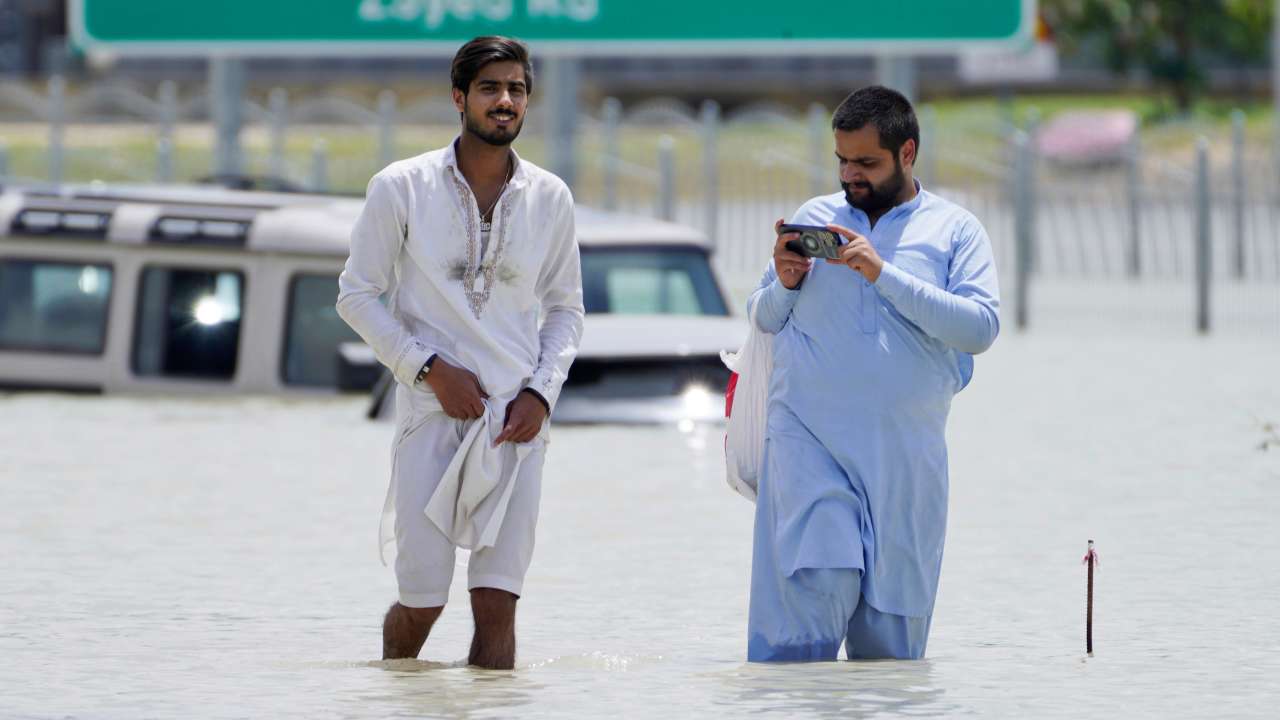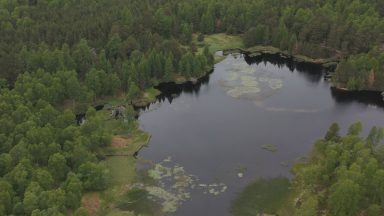Record-breaking rainfall in the United Arab Emirates has caused widespread flooding on the desert nation’s roads, deluged houses, and even swamped Dubai international airport’s runway.
A year’s worth of rain fell on Dubai in 12 hours – by the end of Tuesday, more than 5.59 inches (142mm) of rainfall; an average year sees 3.73 inches (86mm) of rain.
The state-run WAM news agency called the rain “a historic weather event” that surpassed “anything documented since the start of data collection in 1949.”
Experts have suggested this unprecedented deluge may have been caused, at least in part, by “cloud seeding”.
But what is cloud seeding and could it really be to blame for the historic rainfall?

What is cloud seeding?
Countries where rainfall is low, such as the UAE, encourage downfalls by shocking clouds artificially stimulating rainfall , a technique known as pluviculture – or cloud seeding.
Small government-operated planes fly through clouds burning special salt flares that encourage small rain droplets to stick together. Once heavy enough these larger droplets will then fall to Earth as rain.
Implemented by the UAE’s National Center of Meteorology (NCM), cloud seeding is part of an ongoing effort to curb the Gulf’s state’s lack of rainfall.
Did cloud seeding take place before this week’s deluge?
Meteorologists at the NCM have been quoted as saying they flew six or seven cloud-seeding flights before the rains.
Flight-tracking data analysed by news agency AP, showed one aircraft affiliated with the UAE’s cloud-seeding efforts flying around the country on Monday.
The National, an English-language newspaper in Abu Dhabi, quoted an anonymous official at the centre saying no cloud seeding took place on Tuesday, but made no mention of earlier flights.

Could cloud seeding have caused a year’s worth of rain to fall in 12 hours?
Cloud seeding was discovered in the 1940s and has been used in around 50 countries, including in the United States and China.
While an increasingly common practice, there some scientists remain cautious about cloud seeding as it still unknown how far the impacts of tampering with the Earth’s natural processes could go. They also question the effectiveness of cloud seeding and warn it is not a long-term solution to drought.
Evidence of the effectiveness of the technique is not conclusive, some studies have shown that cloud seeding could increase rainfall by up to 35%.
Scientists also say climate change in general is responsible for more intense and more frequent extreme storms, droughts, floods and wildfires around the world.
What happened in Dubai?
It began raining on Monday, according to meteorological data collected at Dubai International Airport and intensified around 9am on Tuesday. Rainfall continued throughout the day, dumping more rain and hail onto the city.
By the end of Tuesday, more than 142mm (5.59 inches) of rainfall had soaked Dubai over 24 hours.
On average, precipitation in the country measures just 100mm per year, compared with the UK’s average of 1,300mm.
Follow STV News on WhatsApp
Scan the QR code on your mobile device for all the latest news from around the country
























